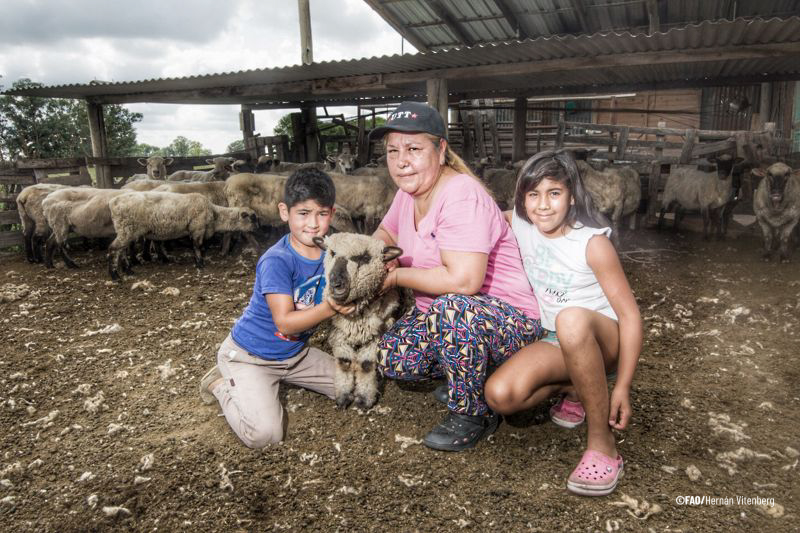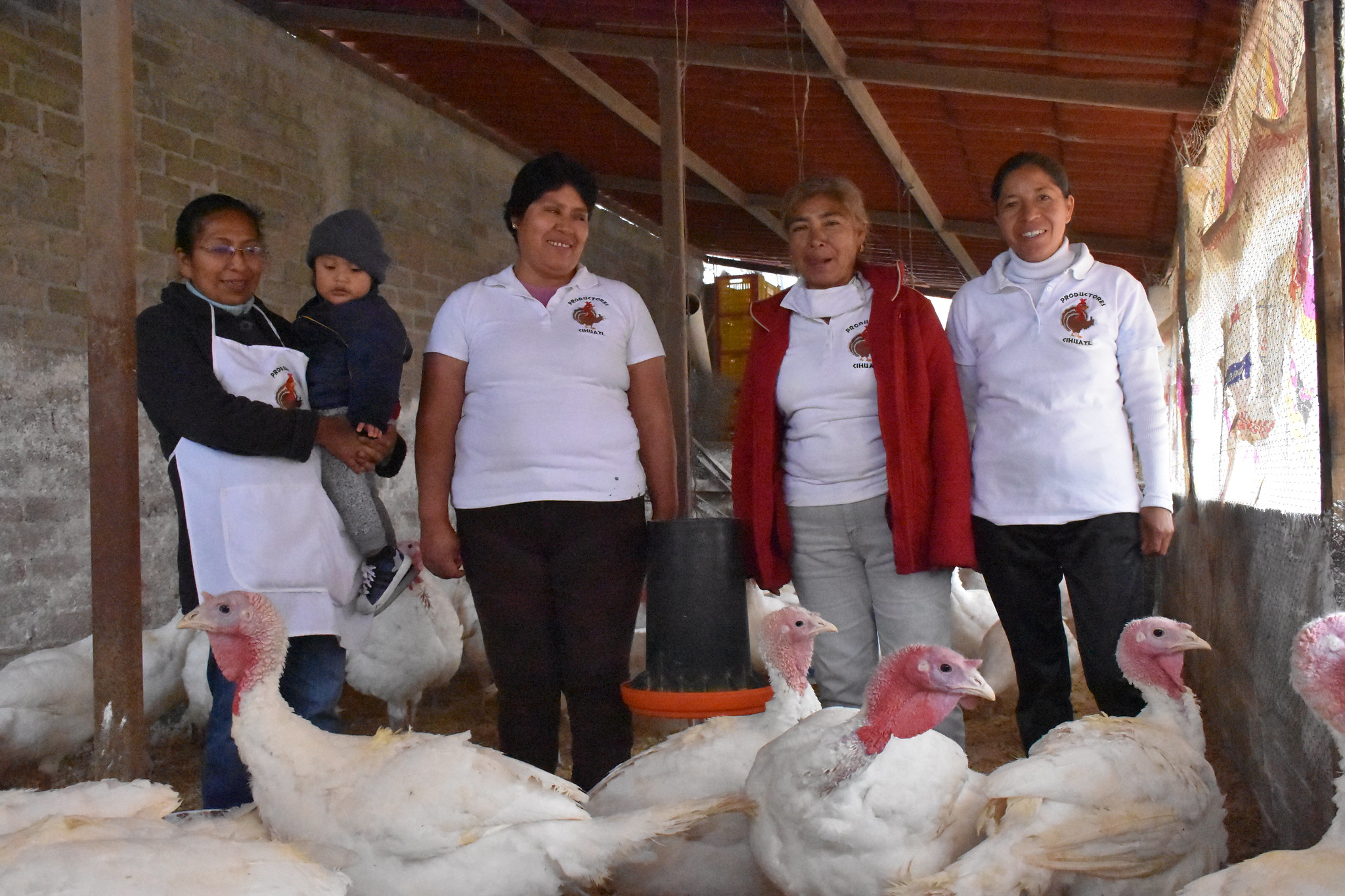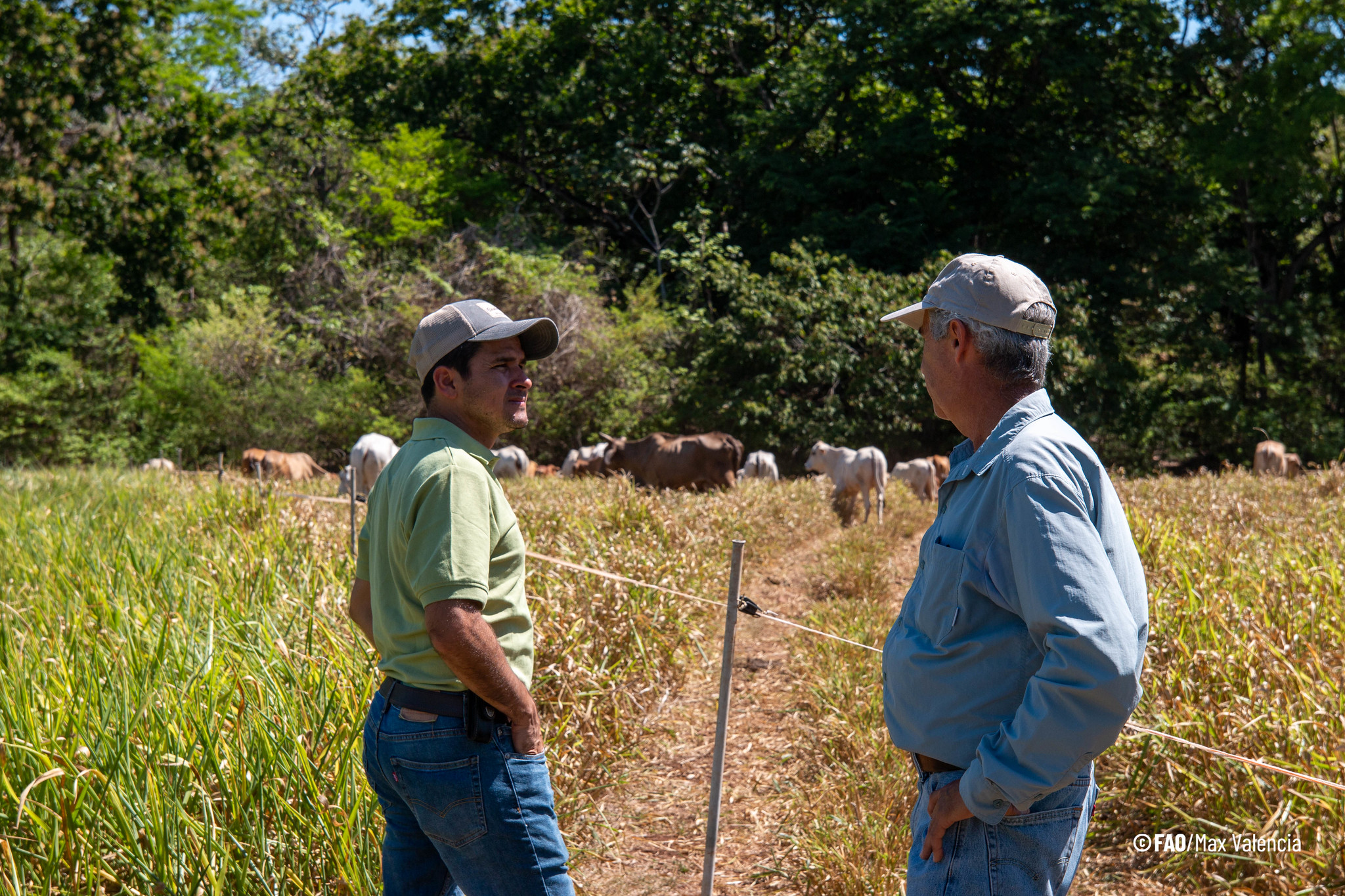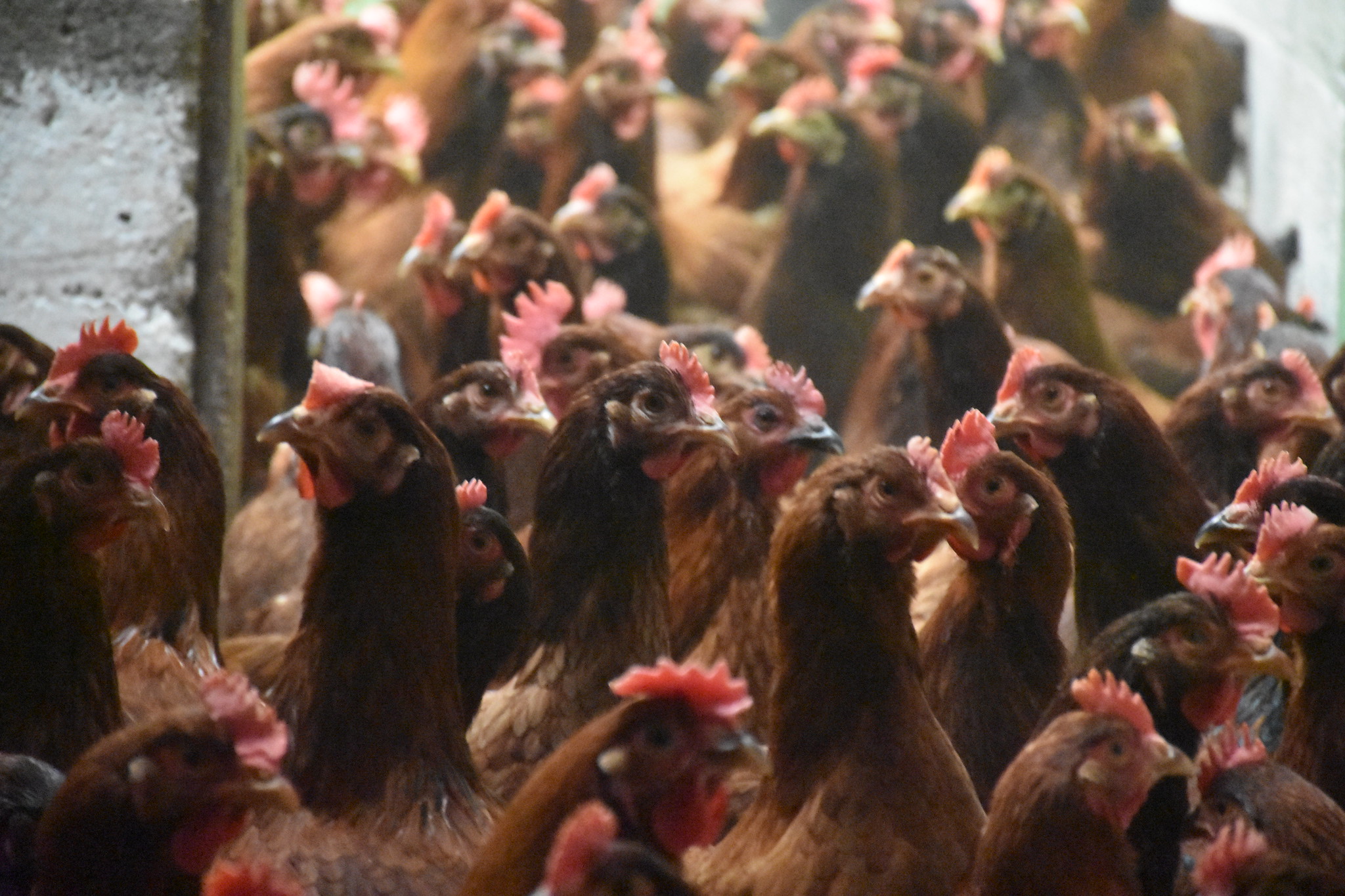Five key points to understand sustainable livestock in Latin America and the Caribbean
The 1st Regional Conference for the Sustainable Transformation of Livestock in Latin America and the Caribbean, organized by FAO alongside the Government of Uruguay and Uruguay’s National Meat Institute, took place this week. But why is this topic relevant to the region? Improved production, better nutrition, environmental protection, and impacting people’s livelihoods without leaving anyone behind stand out among the most important reasons
.jpg?sfvrsn=eb7ce18e_3)
According to data from the Food and Agriculture Organization of the United Nations (FAO), the region hosts 28% of global animal production and is responsible for producing 23% of the world’s beef and 21% of its poultry.
However, the livestock sector faces complex additional challenges, including environmental degradation, biodiversity loss, and the effects of the climate crisis. How can the industry become more efficient, inclusive, resilient, and sustainable while enhancing social impacts, nutritional benefits, and economic returns with greater equity and fewer environmental impacts?
Here, we present the five key points on why advancing toward sustainable livestock production in the region is essential:
1. Increasing global demand
According to FAO figures, global demand for meat, dairy products, and eggs will increase by 20% by 2050. If the region aims to meet that demand, it will need to address challenges related to production adapted to ecosystems, especially considering the climate crisis faced by countries in the region.

2. Social and economic impact
According to FAO data, livestock is vital to the livelihoods of 64.5% of the rural population in Latin America and the Caribbean. Additionally, it occupies 84.5% of the region’s agricultural land, highlighting its economic and territorial significance.

3. Livestock as a means of livelihood
Of the 770 million people who survive on less than USD 1.90 a day, approximately half depend directly on livestock for their livelihoods. Furthermore, the livestock sector makes a substantial contribution to both formal and informal economies (40% of the global agricultural GDP, equivalent to USD 1.8 trillion).

4. Improving productivity without compromising the environment
The key to meeting the growing demand for animal protein while protecting the environment lies in enhancing livestock productivity more efficiently, using technological innovations and practices that respect natural surroundings. Utilizing new technologies to optimize animal feed, livestock health, and soil management is essential to improve productivity without expanding grazing areas.
Livestock in the region must continue adopting more sustainable practices, such as improving reproductive efficiency and proper ecosystem management.

5. Key challenges and ecosystem restoration
Livestock must move toward a regenerative model that protects and restores ecosystems. Implementing practices that support carbon capture and biodiversity preservation will be essential to ensuring the sector’s sustainability.

FAO supports countries in implementing actions within the livestock sector, achieving encouraging results and demonstrating that livestock activities can contribute to comprehensive solutions to combat climate change, food insecurity, and ecosystem degradation. The focus is on better production and a healthier environment, promoting better nutrition and a better life, leaving no one behind.
Contact
Martina Salvo Communications Consultant, Regional Initiative for Sustainable and Resilient Agriculture FAO [email protected]
